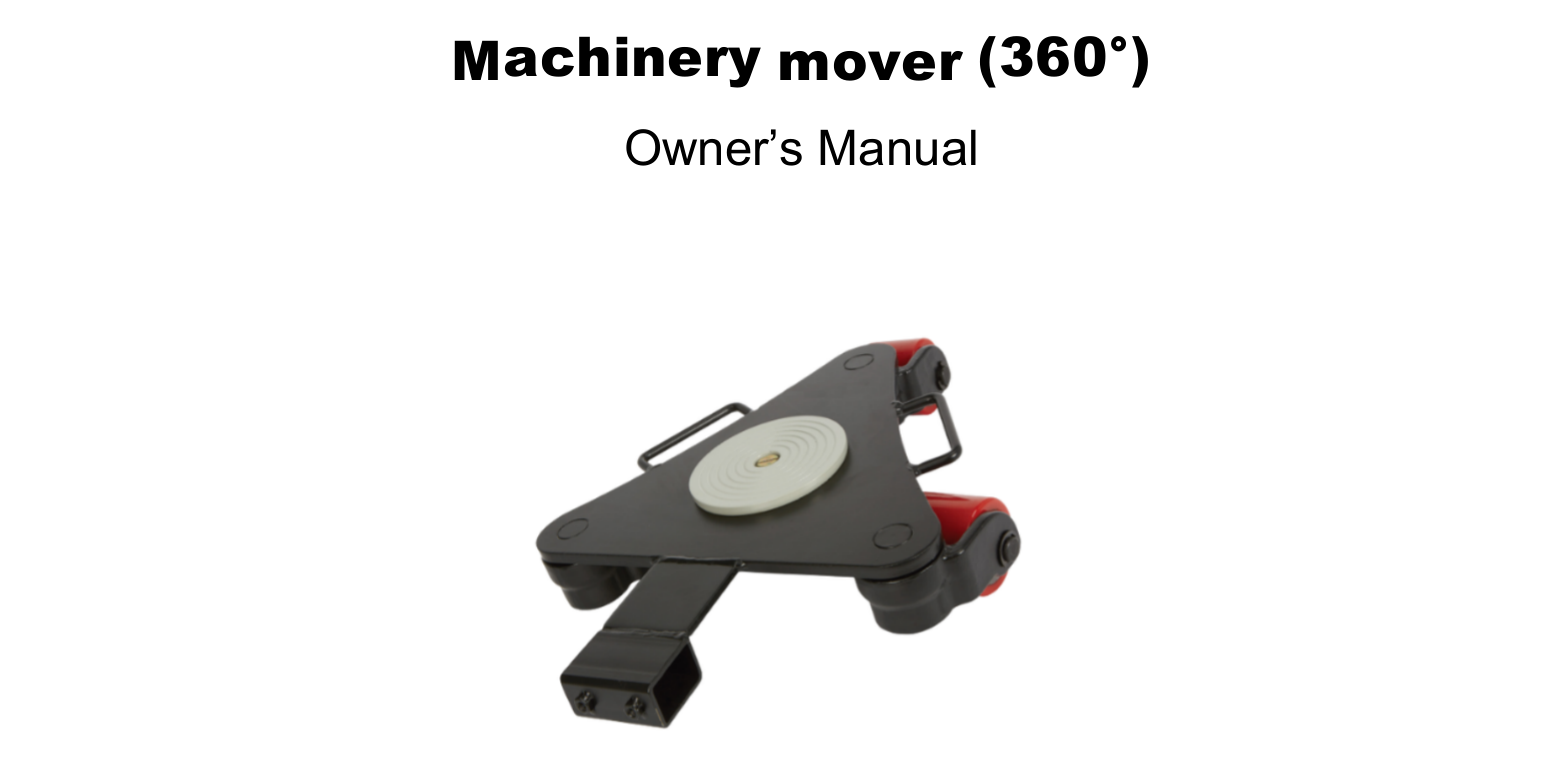Equipment for Transporting Bulky Loads Efficiently and Safely
Machines to Move Heavy Objects Revolutionizing Industries
In our ever-evolving world, the need to move heavy objects efficiently and safely is paramount across various industries, from construction to manufacturing to logistics. The challenges posed by heavy loads demand innovative solutions that not only enhance productivity but also ensure worker safety. Enter the realm of machinery designed specifically for this purpose. These machines, ranging from cranes to forklifts, have become essential tools in modern operations.
The Power of Cranes
Cranes are perhaps the most iconic machines used to lift and move heavy objects. Available in various types, including tower cranes, mobile cranes, and gantry cranes, each is designed to cater to specific needs. Tower cranes are often seen at construction sites, towering over buildings, facilitating the vertical movement of steel, concrete, and other materials. They can lift massive weights high above ground, showcasing a remarkable combination of reach and stability.
Mobile cranes offer flexibility and maneuverability, making them ideal for locations where space is restricted. These cranes can be transported easily from one site to another, adjusting to various terrains and conditions. Gantry cranes, on the other hand, move along tracks and are often used in shipyards and warehouses, allowing for the efficient loading and unloading of containers and heavy machinery.
Forklifts The Workhorses of Warehousing
When it comes to moving heavy items over short distances, forklifts are unbeatable. These versatile machines are designed to lift and transport loads within warehouses, factories, and construction sites. Forklifts come in various designs, including counterbalance, reach, and pallet jacks, each serving different applications. Their ability to maneuver in tight spaces while lifting substantial weights makes them an indispensable part of any operations involving heavy lifting.
Advancements in forklift technology have led to the introduction of electric models, which provide an eco-friendly alternative to traditional diesel-powered units. Electric forklifts reduce emissions and noise, making indoor operations more conducive to a healthy working environment.
machines to move heavy objects

The Role of Specialized Equipment
In addition to cranes and forklifts, numerous specialized machines are engineered for specific tasks involving heavy lifting. For instance, excavators are powerful machines used in construction and mining, capable of digging deep holes and moving massive amounts of earth or debris. They are often equipped with attachments like hydraulic thumbs and buckets that enhance their versatility.
Another critical piece of equipment is the hoist, which is designed to lift heavy objects vertically. Hoists can be manual or powered, and they are often used in conjunction with cranes and other lifting devices to ensure safe and efficient movement. The use of hoists significantly reduces the risk of injury associated with manual lifting, thereby promoting a safer workplace.
Safety Considerations
While these machines are incredibly effective, safety must always remain a top priority. Operator training is essential to ensure that those handling heavy machinery understand the risks involved and adhere to safety protocols. Furthermore, regular maintenance of equipment is crucial to prevent malfunctions that could lead to accidents, endangering both operators and bystanders.
Conclusion
Machines designed to move heavy objects have undoubtedly transformed industries, driving efficiency and safety standards to new heights. From cranes that dominate the skyline to forklifts that streamline warehouse operations, the impact of these innovations is profound. As technology progresses, we can expect further advancements that will enhance the capabilities of heavy-lifting machinery, making our world safer and more productive for all.
-
Unlock Seamless Relocation with Our Heavy Equipment Moving ExpertiseNewsJun.06,2025
-
Unleash Unrivaled Flexibility with Our Adjustable Gantry CraneNewsJun.06,2025
-
Unleash Heavy-Duty Efficiency with Our Industrial Gantry Crane SolutionsNewsJun.06,2025
-
Revolutionize Steel Handling with Our Magnetic Lifter RangeNewsJun.06,2025
-
Master Equipment Mobility with Premium Machinery Mover SolutionsNewsJun.06,2025
-
Elevate Your Material Handling with Magnetic Lifter TechnologyNewsJun.06,2025
-
YS Permanent Lifting Magnets: The Smarter Way to Handle SteelNewsMay.22,2025
